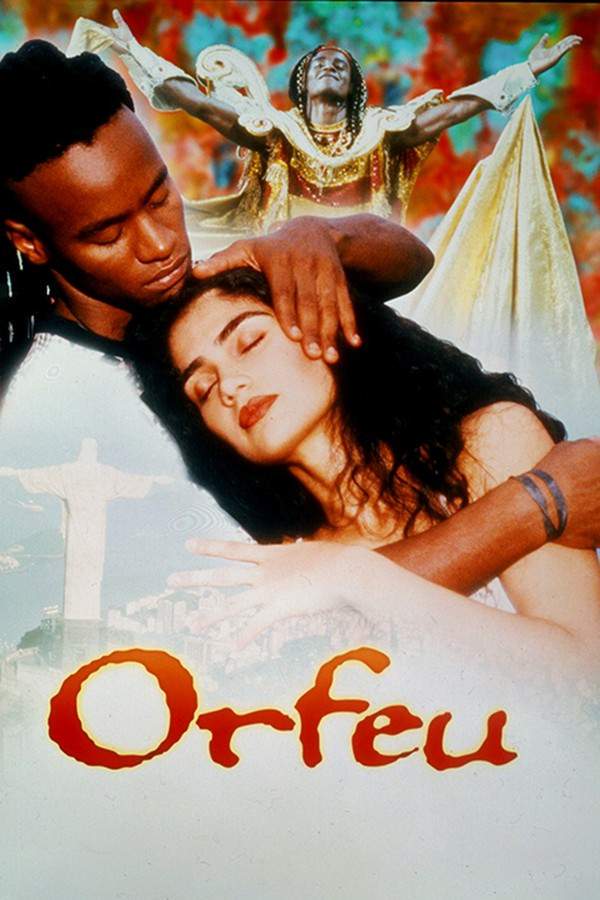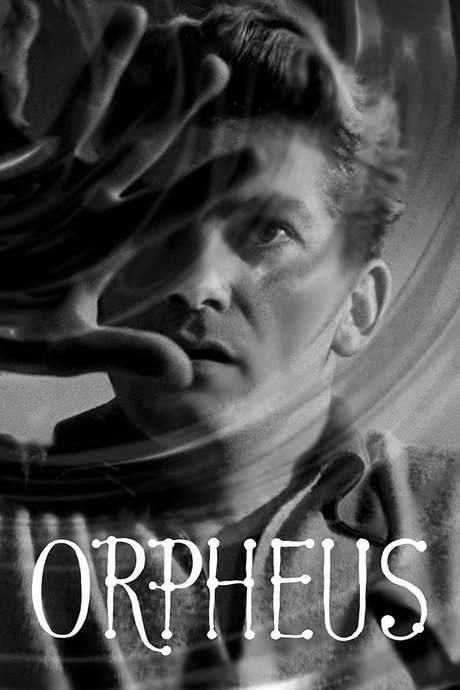
Black Orpheus
Year: 1959
Runtime: 100 mins
Language: Portuguese
Set against Rio’s vibrant Carnaval, young lovers Orfeu and Eurydice flee a hitman masquerading as Death while pursued by Orfeu’s jealous fiancée Mira. The film blends fantasy and stark reality in an impressionistic retelling of the Orpheus myth, and its soundtrack by Luiz Bonfá and Antonio Carlos Jobim introduced bossa nova to international audiences.
Warning: spoilers below!
Haven’t seen Black Orpheus yet? This summary contains major spoilers. Bookmark the page, watch the movie, and come back for the full breakdown. If you're ready, scroll on and relive the story!
Black Orpheus (1959) – Full Plot Summary & Ending Explained
Read the complete plot breakdown of Black Orpheus (1959), including all key story events, major twists, and the ending explained in detail. Discover what really happened—and what it all means.
In this vibrant and poetic retelling inspired by the Greek myth of Orpheus and Eurydice, the story unfolds against the lively backdrop of Rio de Janeiro during Carnival. It begins with a stunning visual of a marble Greek bas-relief shattering to reveal a scene of Afro-Brazilian men dancing samba to the rhythm of drums in a bustling favela. This opening sets the tone for a film rich in cultural symbolism and energetic music.
The narrative follows Breno Mello as Orfeu, a charismatic samba musician, who welcomes Eurydice as she arrives in Rio. Eurydice, played by a woman fleeing from a dangerous stranger believing he seeks to kill her, takes a trolley driven by Orfeu to her cousin’s home. She is new to the city, and during her ride, Orfeu introduces her to Hermes, the station guard, who provides her with directions to her relative, Léa Garcia as Serafina.
Despite being engaged to Mira, played by Lourdes de Oliveira, Orfeu’s feelings for Eurydice grow. Their relationship begins with friendly encounters, but soon deeper emotions develop. The two meet at Nassau, a vital part of Rio’s carnival scene, where they fall in love amid the colorful costumes and music. While shopping for a marriage license, Orfeu faces light-hearted teasing when a clerk jokes about his engagement, and Mira presses him for an engagement ring, showing her own impatience and desire for commitment.
Orfeu, still preoccupied with his music and Carnival preparations, secretly welcomes Eurydice into his life, offering her refuge with his friend Serafina and her sailor boyfriend Chico. Their bond intensifies when they share a night together, and Eurydice confides in Orfeu about her fears. She is haunted by the man she believes wants to kill her, but Orfeu heroically defends her from this supernatural danger—the stylized skeleton of Death, who constantly lurks in the background, ready to claim her.
As their romance blossoms, Eurydice joins Orfeu and his friends in the samba school parade during Carnival, where she secretly dresses as Queen of the Night in a stunning costume, with only Orfeu knowing her true identity. During the parade, Orfeu dances with Eurydice instead of Mira, highlighting their deepening connection. However, things take a tragic turn when Mira spots Eurydice in her disguise and rips off her veil, exposing her. This sparks a frantic chase, as Eurydice must escape not only Mira but also the persistent shadow of Death.
In a tense and emotional climax, Eurydice is cornered in Orfeu’s trolley station and hangs from an electric power line to escape her pursuers. Tragically, despite Orfeu’s efforts to save her by turning on the power, Eurydice is electrocuted and dies. Death, in a haunting voice, claims her saying, “Now she’s mine,” and leaves Orfeu devastated and broken.
Devastated, Orfeu searches for Eurydice at the Office of Missing Persons, a metaphor for the mythic underworld, where only a janitor—symbolizing the myth’s ferryman—guides him down a dark spiral staircase to a ritual rooted in Afro-Brazilian religion called Candomblé. Here, amid the mysterious ceremony, the spirit of Eurydice is revealed in the form of an old woman. Orfeu, longing to see her again, is warned not to look at her, but he does, and Eurydice’s spirit fades away, echoing the myth’s tragic ending.
Overcome with grief, Orfeu retrieves Eurydice’s body from the morgue and carries her back through the city, which is now shrouded in mourning. As he approaches his burning home and the scene of his heartbreak, Mira appears in fury, throwing a stone that strikes Orfeu and precipitates his death by falling off a cliff—prising the story with a poetic, tragic conclusion.
The film closes with an uplifting moment of hope. Two children, Jorge Dos Santos as Benedito and Waldetar De Souza as Zeca, believe in Orfeu’s myth—that his music brings the sun to rise each day. After Orfeu’s death, the children continue to play his guitar, and the sun eventually rises, symbolizing renewal and the enduring power of love and music. A girl offers Zeca a single flower as they dance, leaving the story on a note of innocence, resilience, and the everlasting rhythm of life.
Last Updated: August 19, 2025 at 05:16
Unlock the Full Story of Black Orpheus
Don't stop at just watching — explore Black Orpheus in full detail. From the complete plot summary and scene-by-scene timeline to character breakdowns, thematic analysis, and a deep dive into the ending — every page helps you truly understand what Black Orpheus is all about. Plus, discover what's next after the movie.
Black Orpheus Timeline
Track the full timeline of Black Orpheus with every major event arranged chronologically. Perfect for decoding non-linear storytelling, flashbacks, or parallel narratives with a clear scene-by-scene breakdown.

Characters, Settings & Themes in Black Orpheus
Discover the characters, locations, and core themes that shape Black Orpheus. Get insights into symbolic elements, setting significance, and deeper narrative meaning — ideal for thematic analysis and movie breakdowns.

Similar Movies to Black Orpheus
Discover movies like Black Orpheus that share similar genres, themes, and storytelling elements. Whether you’re drawn to the atmosphere, character arcs, or plot structure, these curated recommendations will help you explore more films you’ll love.
Explore More About Movie Black Orpheus
Black Orpheus (1959) Scene-by-Scene Movie Timeline
Black Orpheus (1959) Movie Characters, Themes & Settings
Black Orpheus (1959) Spoiler-Free Summary & Key Flow
Movies Like Black Orpheus – Similar Titles You’ll Enjoy
Orfeu (2000) Detailed Story Recap
Bossa Nova (2000) Story Summary & Characters
Looking for Black Orpheus (2005) Full Movie Breakdown
Ó Paí, Ó: Look at This (2007) Spoiler-Packed Plot Recap
Orpheus and Eurydice (1986) Spoiler-Packed Plot Recap
Copacabana Palace (1962) Movie Recap & Themes
Latin Lovers (1953) Story Summary & Characters
Copacabana Mon Amour (1970) Film Overview & Timeline
Rio, Northern Zone (1957) Story Summary & Characters
Brazil (1944) Film Overview & Timeline
That Night in Rio (1941) Full Movie Breakdown
Latin Blood – The Ballad of Ney Matogrosso (2025) Film Overview & Timeline
Carnival of Rhythm (1941) Ending Explained & Film Insights
Black Cloaks (1947) Spoiler-Packed Plot Recap
Orpheus (1950) Movie Recap & Themes

















